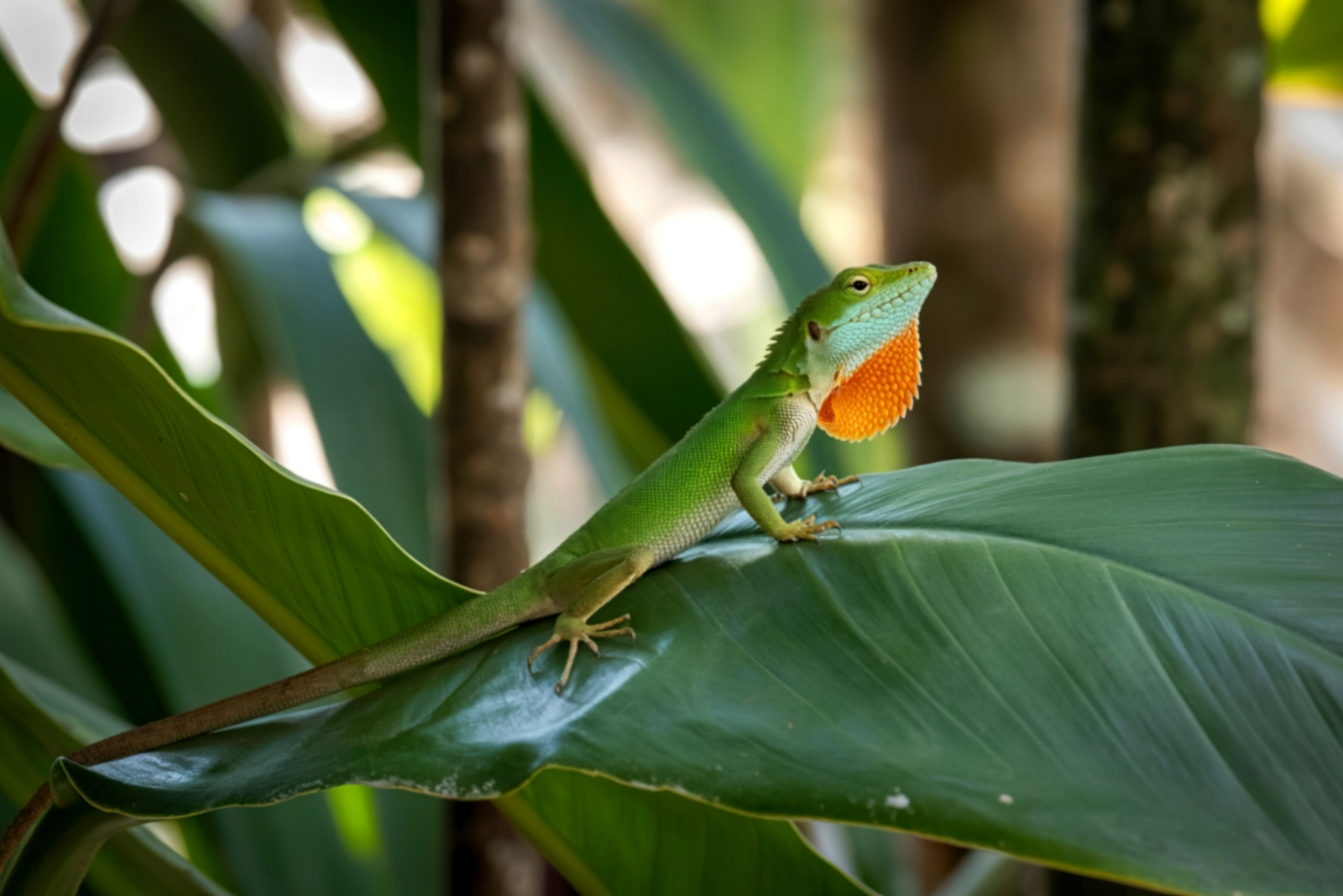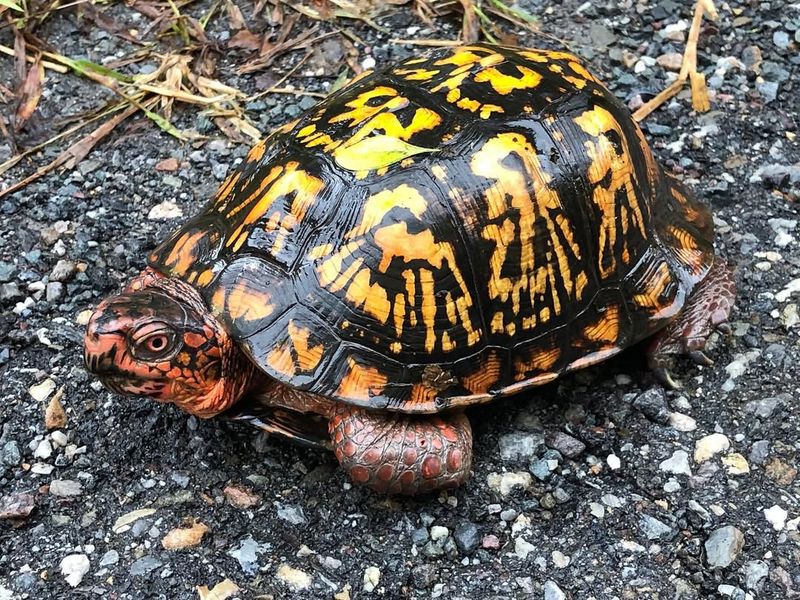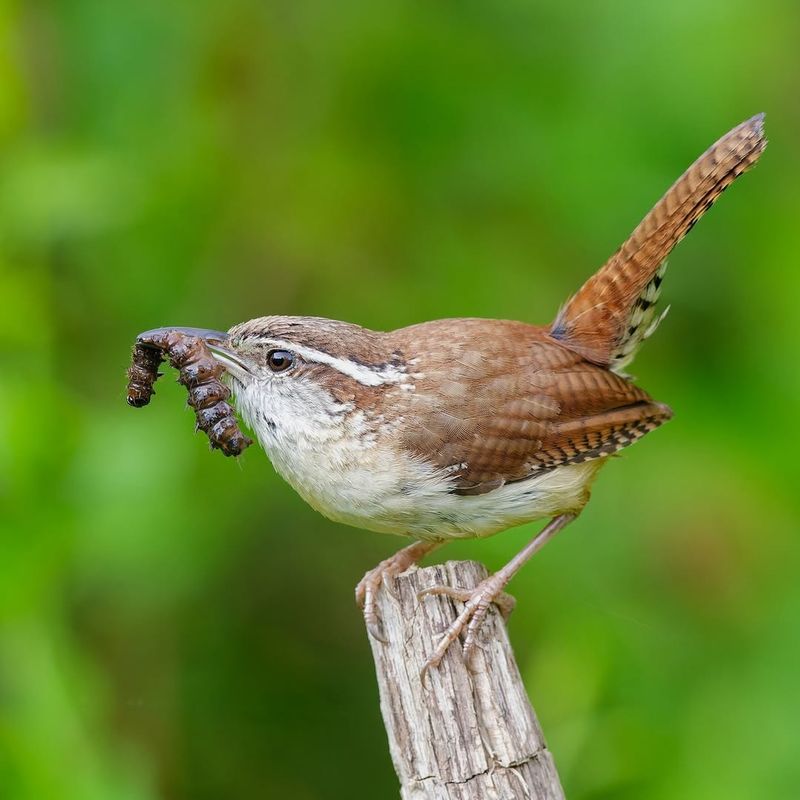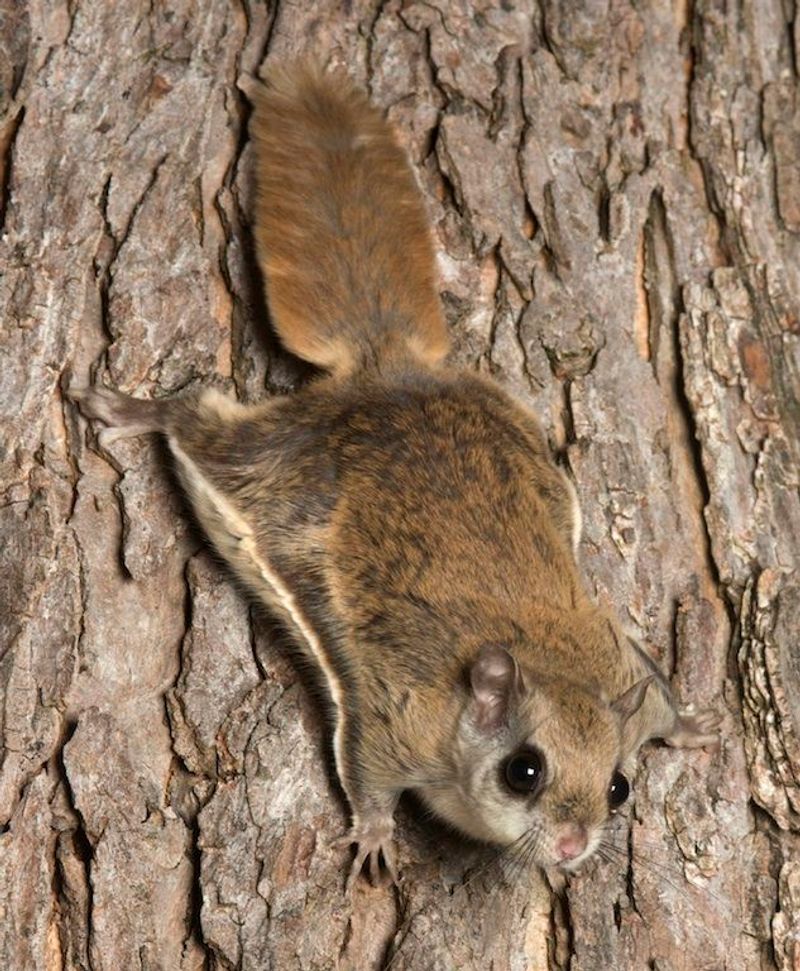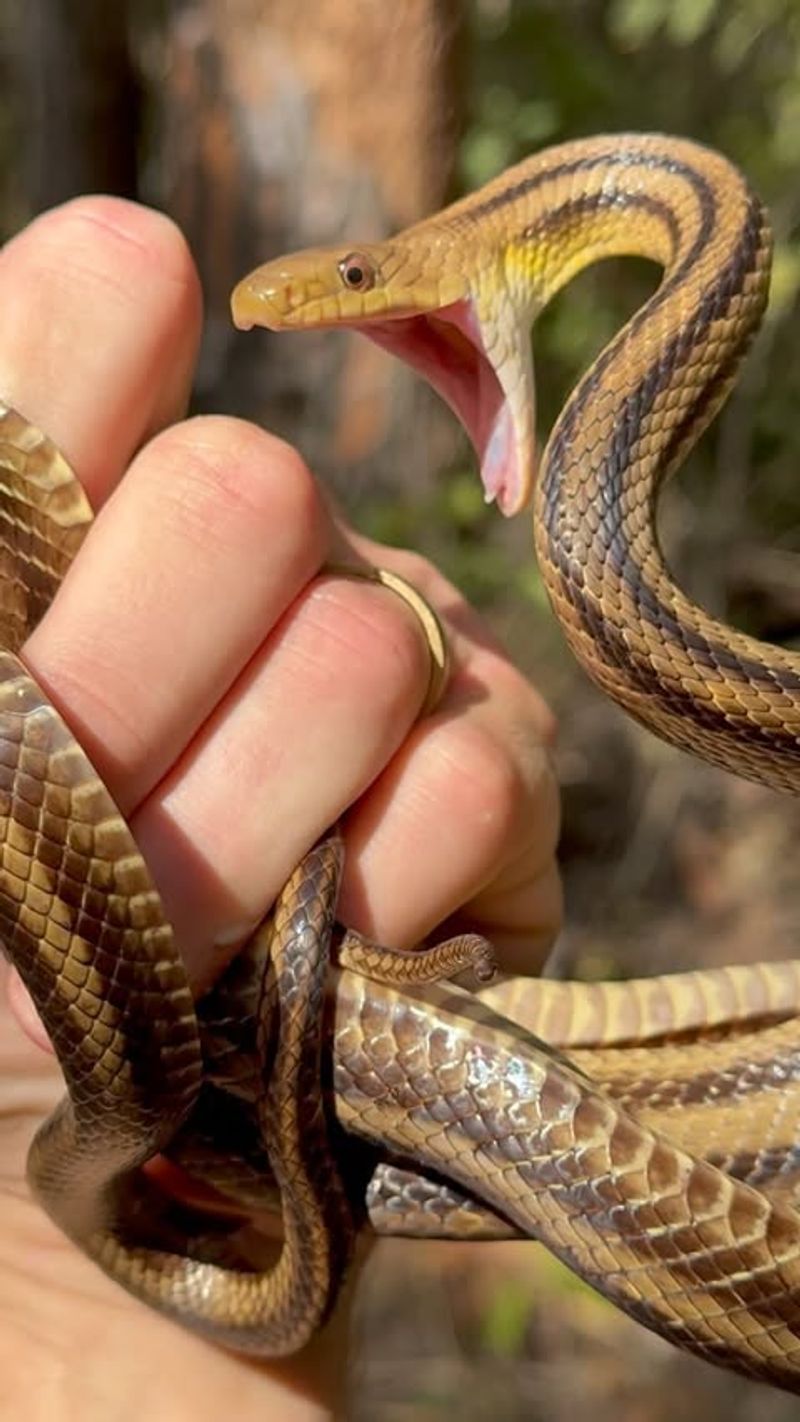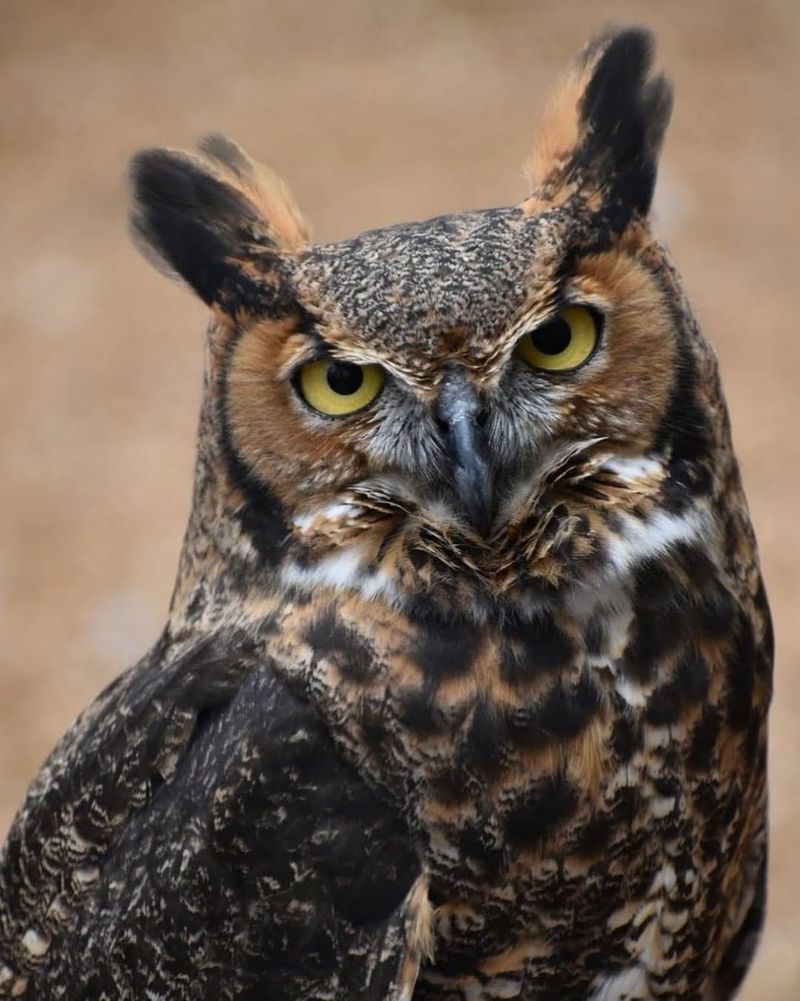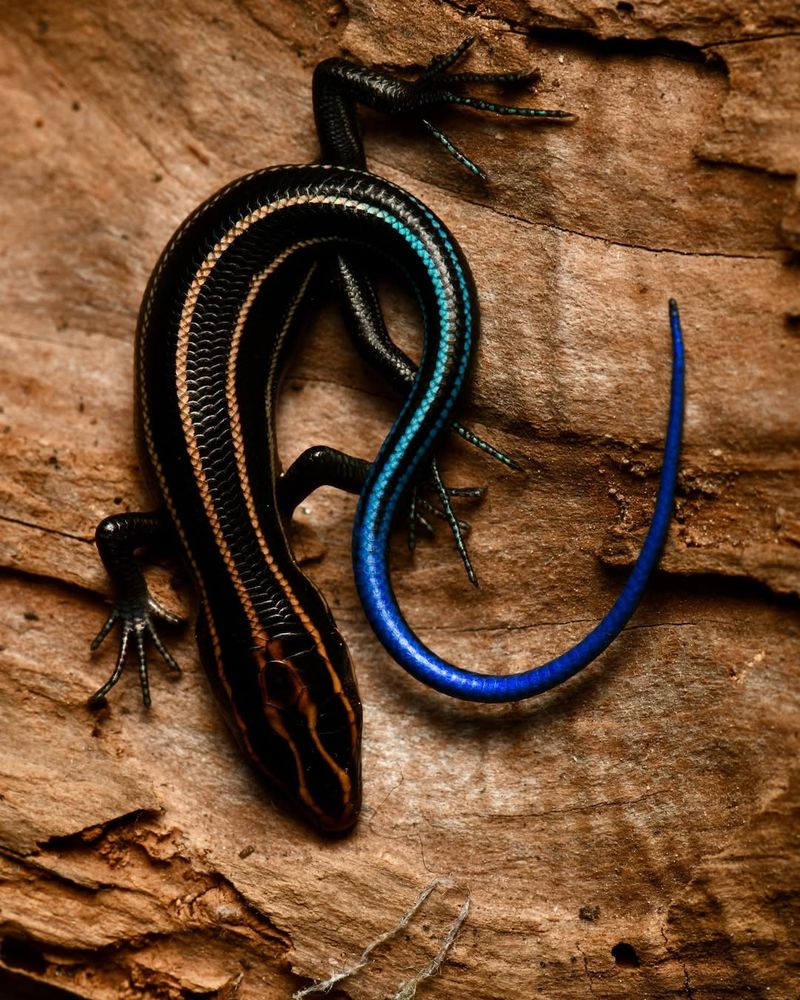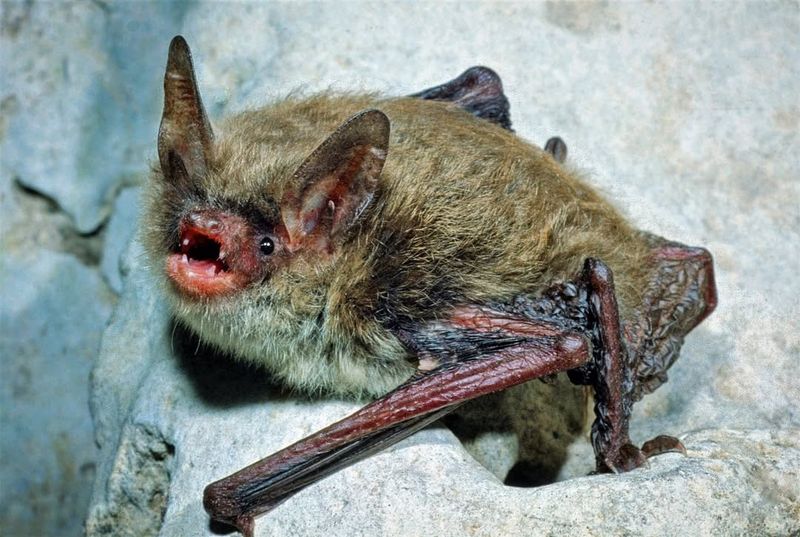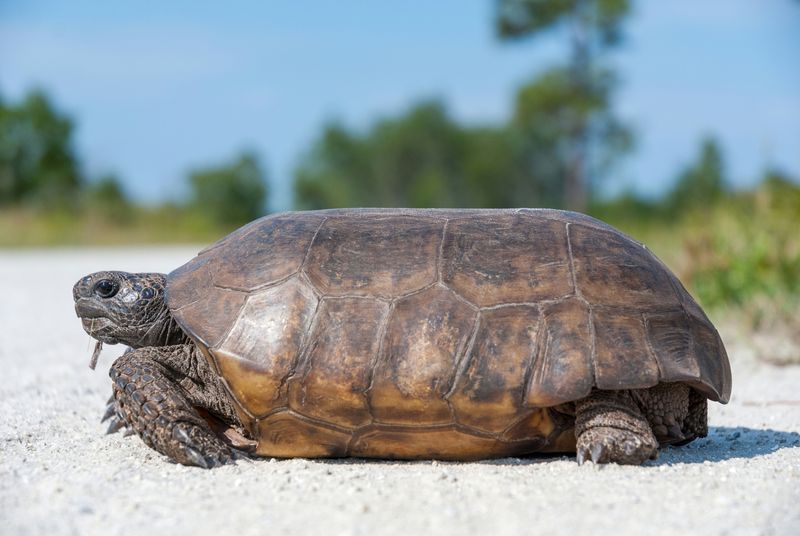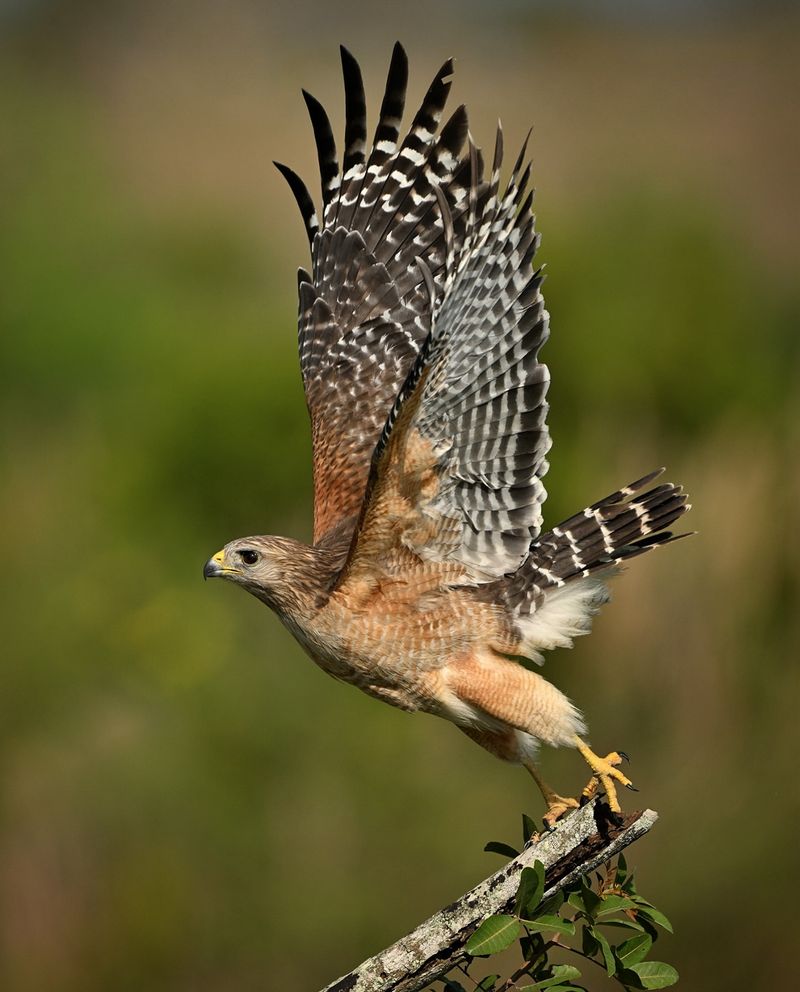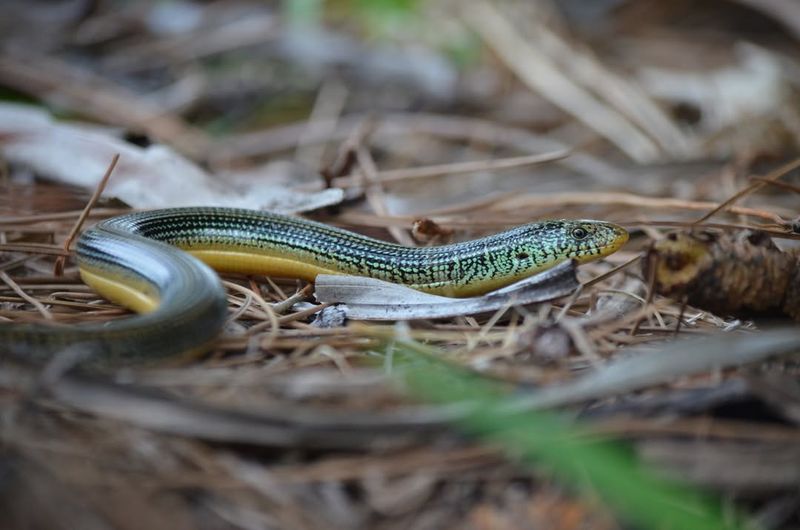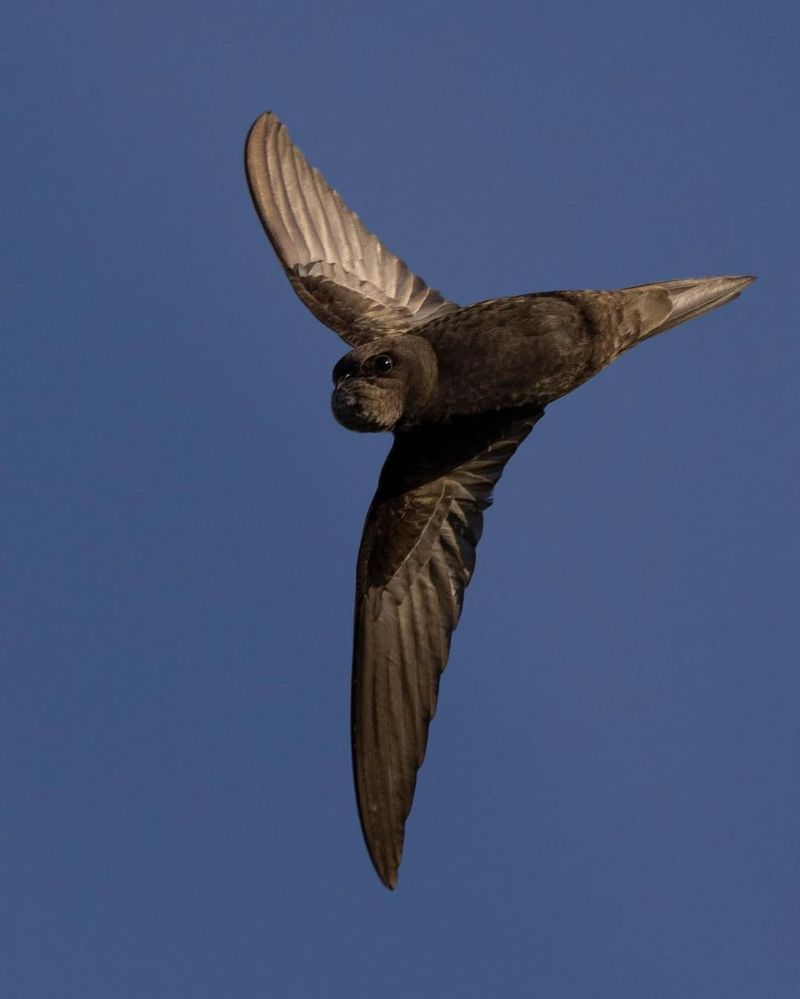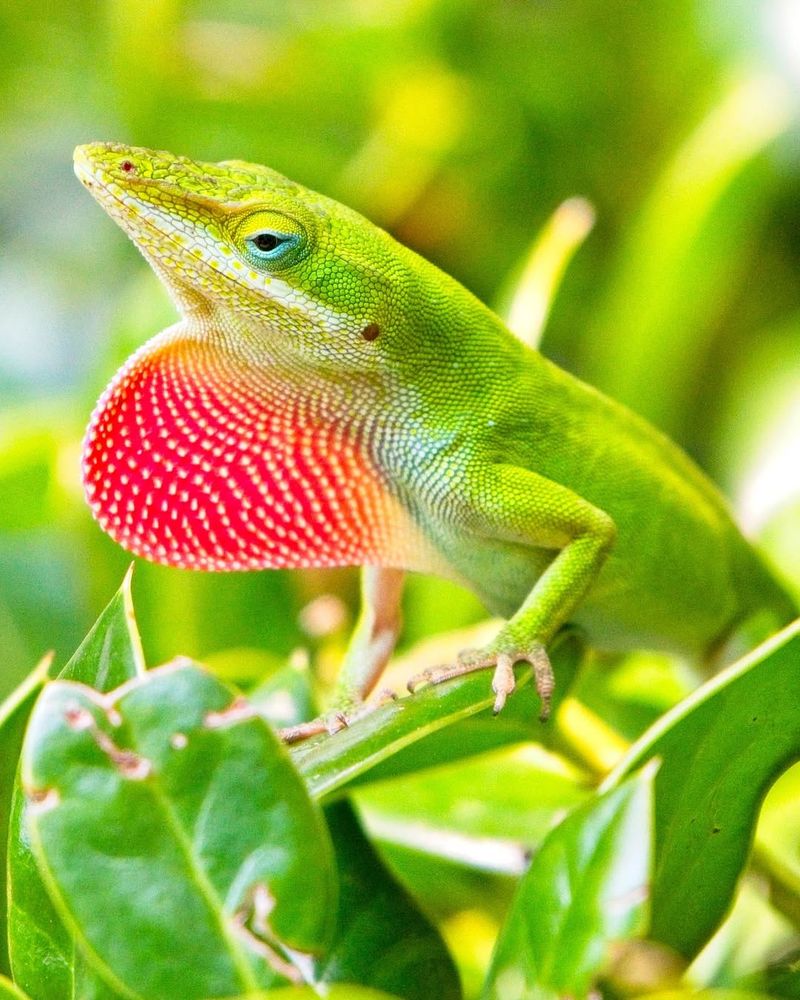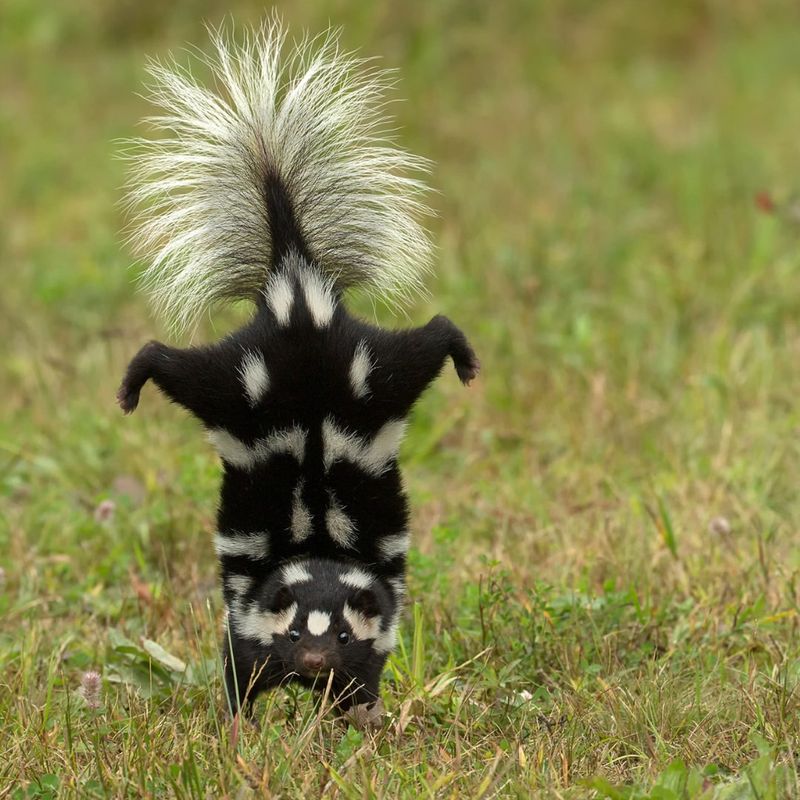South Carolina yards are full of life, but some of the residents have legal protections gardeners might not expect. These creatures play important roles in local ecosystems, even if they sometimes surprise you.
Knowing which species are protected helps you care for your yard responsibly. Here’s a look at 13 surprising creatures South Carolina homeowners should know about.
1. Eastern Box Turtle
These colorful shelled residents have experienced significant population decline in recent years. South Carolina law prohibits taking them from the wild or keeping them as pets without proper permits.
Many homeowners are surprised to find these slow-moving reptiles enjoying the damp corners of their yards. Their distinctive domed shells and gentle nature make them fascinating to observe from a respectful distance.
2. Carolina Wren
That cheerful singer with the upturned tail is protected under the Migratory Bird Treaty Act. Throughout South Carolina, disturbing their nests or eggs carries serious legal consequences.
These tiny birds often build nests in unlikely places around homes – from flowerpots to door wreaths. Their loud, melodious call seems impossibly big coming from such a small, rusty-brown bird with distinctive white eyebrows.
3. Southern Flying Squirrel
Gliding from tree to tree at night, these pint-sized mammals are often mistaken for bats. South Carolina residents should know these nocturnal neighbors are protected from capture and harassment under state wildlife regulations.
Unlike their larger gray cousins, these squirrels have a special membrane stretching between their limbs allowing them to glide up to 150 feet. Their huge eyes and tiny size (about 5 inches long) make them particularly endearing.
4. Yellow Rat Snake
Despite their intimidating name, these non-venomous constrictors provide excellent natural pest control. Across South Carolina, killing these beneficial reptiles is prohibited under state conservation laws.
Reaching lengths of up to six feet, their yellow bodies with four dark stripes help them blend into sunlit foliage. They primarily hunt rodents and are remarkably good climbers, often surprising homeowners by appearing in trees or attics.
5. Great Horned Owl
Those haunting hoots at night come from one of nature’s most efficient hunters. Under South Carolina law and federal regulations, these magnificent birds cannot be harmed, and their feathers can’t even be collected.
Recognizable by their distinctive ear tufts and fierce yellow eyes, they control rodent populations throughout the state. A single family of owls can consume over 1,000 rodents annually, making them valuable allies for property owners.
6. Five-lined Skink
Juvenile skinks sport brilliant blue tails that often catch gardeners’ attention. South Carolina wildlife regulations protect these harmless lizards from capture, as they play vital roles in controlling insect populations.
Adults lose their bright coloration but develop reddish heads during breeding season. Quick and agile, these reptiles dart among garden stones and mulch, consuming countless insects that would otherwise damage plants and vegetables.
7. Southeastern Bat
Often misunderstood, these small flying mammals consume thousands of mosquitoes nightly. South Carolina’s conservation laws make it illegal to harm bats or disturb their roosting sites, even when they’re on your property.
Weighing less than half an ounce, these tiny creatures use echolocation to navigate the night sky. A single bat can devour over 1,000 mosquito-sized insects every hour, making them invaluable allies in outdoor comfort.
8. Gopher Tortoise
These gentle giants create elaborate burrow systems that can stretch up to 40 feet long. In South Carolina’s sandy coastal regions, they’re protected as a species of special concern, with strict penalties for harassment.
Their burrows provide shelter for over 350 other species, earning them the title of “ecosystem engineers.” With lifespans exceeding 60 years, these slow-moving reptiles can become longtime residents of undisturbed yards and natural areas.
9. Red-shouldered Hawk
With their distinctive “kee-aah” call, these medium-sized raptors patrol suburban neighborhoods. South Carolina enforces strict protections for all hawks under both state wildlife codes and federal migratory bird laws.
Their rusty-red shoulders and barred chest make them easy to identify as they perch on prominent branches. Extremely territorial, a pair will often claim a yard as hunting ground, providing excellent control of snakes, rodents, and larger insects.
10. Eastern Glass Lizard
Often mistaken for snakes, these legless lizards have movable eyelids and external ear openings. South Carolina conservation officers warn that capturing or killing these unusual reptiles violates state wildlife protection statutes.
Unlike snakes, they cannot regrow their tails once broken, though they can detach them to escape predators. Their glass-like appearance comes from a reflective stripe along their sides, creating a beautiful shimmering effect in sunlight.
11. Chimney Swift
Before modern chimneys, these aerial acrobats nested in hollow trees. Now throughout South Carolina, they’re legally protected while nesting in residential chimneys during summer months.
Their distinctive chattering calls and cigar-shaped bodies make them easy to recognize as they swoop overhead. These birds spend almost their entire lives airborne, even sleeping while flying, only landing to nest and raise their young.
12. Green Anole
These color-changing lizards shift from bright green to brown depending on mood and temperature. South Carolina’s wildlife protection laws classify them as non-game species that cannot be collected without special permits.
Males display a bright pink throat fan (dewlap) during courtship displays. Once the most common lizard in South Carolina yards, their populations have declined due to competition from introduced brown anoles, making their protection increasingly important.
13. Eastern Spotted Skunk
Smaller and rarer than their striped cousins, these nocturnal animals perform handstands when threatened. South Carolina wildlife officials have designated them as a species of concern with strict legal protections.
Unlike the common striped skunk, these smaller relatives have distinctive spots and broken white patterns. They’re excellent climbers and incredibly beneficial predators, consuming rodents, insects, and even venomous snakes that might otherwise cause problems for homeowners.

